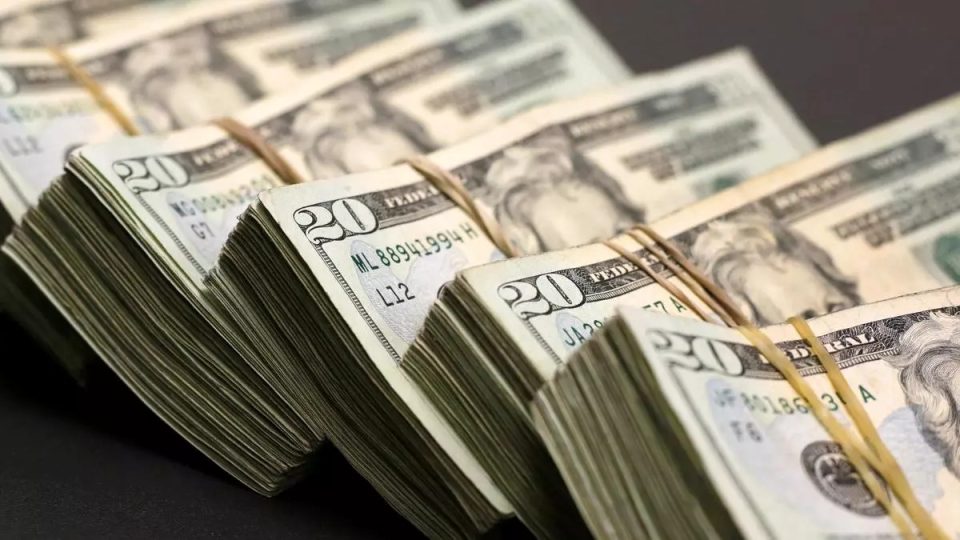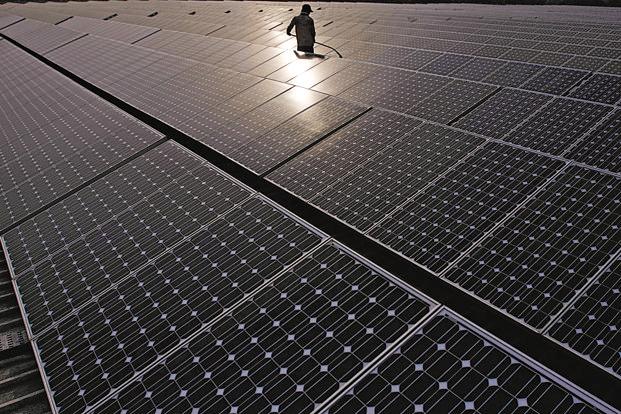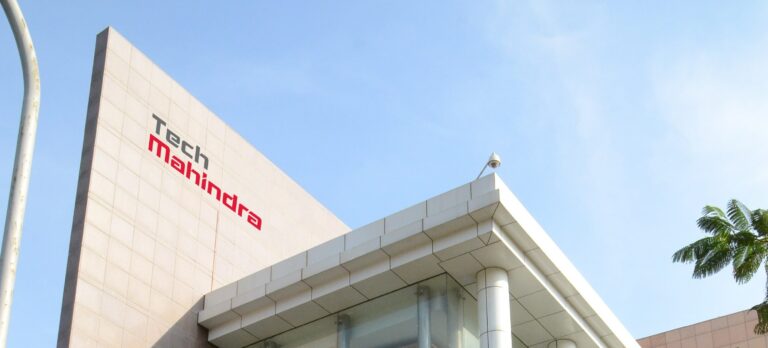The Reserve Bank of India (RBI) has reported that India’s foreign exchange reserves have fallen by $2.4 billion to $560 billion in the week ending March 10, marking the lowest level since early December last year. This is a continuation of a trend of declining reserves, which had risen $1.45 billion the previous week after continuously falling throughout February. The total reserves were at an all-time high of $645 billion in October 2021.
The data provided by the RBI shows that all components of the reserves have fallen. The largest part of the reserves, foreign currency assets (FCA), fell by $2.22 billion to $494.8 billion in the week under review. Gold reserves fell $110 million to $41.92 billion, while the Special Drawing Rights (SDRs) decreased by $53 million to $18.12 billion. The reserve position at the International Monetary Fund (IMF) fell by $11 million to $5.096 billion in the latest week.
The RBI has been intervening in the forex market through both spot and forward positions to tame the depreciation of the rupee. The decline in reserves is due to the revaluation of foreign currency assets, which include the effect of appreciation or depreciation of non-US units like the euro, pound, and yen held in the foreign exchange reserves.
On Friday, the rupee strengthened against the US dollar as market sentiments improved after liquidity rescue in some US and European banks. The USD/INR spot closed 17 paise lower at 82.55 due to the risk-on rally in global markets, compared to the previous print of 82.73 per dollar. However, for the entire week, the rupee depreciated by around 0.6%.











